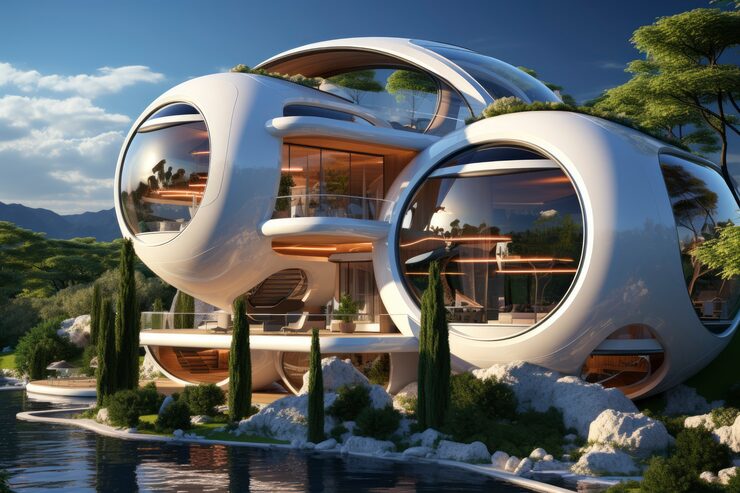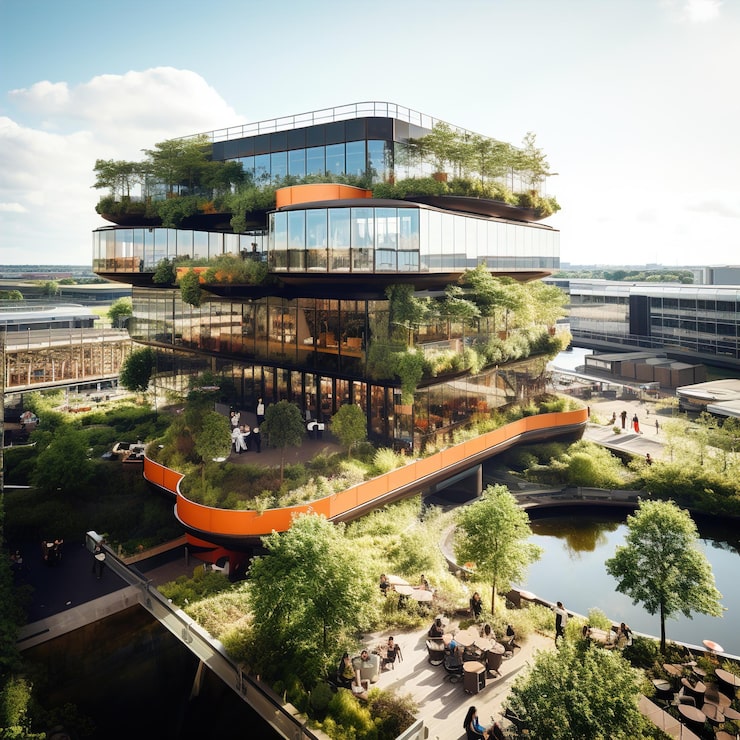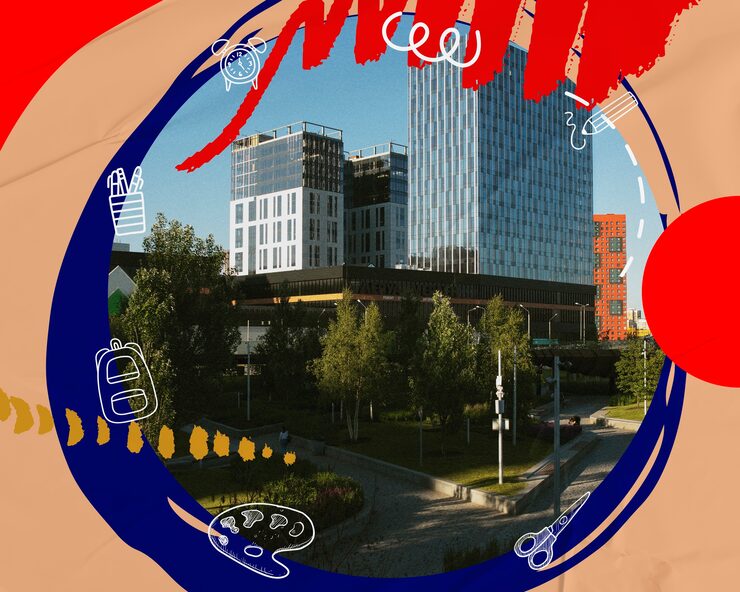In 2025, modern architecture is doing more than just shaping skylines — it’s redefining how people live, connect, and experience cities. From smart buildings and vertical gardens to mixed-use developments that blend work and leisure, today’s urban design is focused on sustainability, community, and innovation. Let’s explore how architecture is transforming the way we think about urban living.
The Rise of Sustainable Urban Design
Sustainability is at the heart of modern architecture. Architects are embracing green building practices that reduce environmental impact while improving quality of life.
From solar-paneled facades to rainwater harvesting systems and biophilic designs that integrate nature into city spaces, sustainability is no longer a luxury — it’s a necessity.
Cities like Singapore, Copenhagen, and Vancouver are leading examples, featuring net-zero buildings and vertical forests that make urban living healthier and more energy-efficient.
Smart Cities and Digital Integration
Technology is transforming architecture from the ground up. Smart buildings are now equipped with AI-driven systems that manage energy use, lighting, temperature, and even air quality automatically.
This digital integration not only reduces costs but also enhances convenience for residents. Imagine buildings that adjust to your habits — lights that turn on when you enter, blinds that move with the sun, and elevators that predict traffic flow.
Such innovations are making modern cities smarter, safer, and more livable.

The Vertical City Concept
As urban populations grow, cities are expanding upward instead of outward. The vertical city model combines housing, workspaces, and recreational zones into a single structure — creating self-contained communities in the sky.
Skyscrapers like The Line in Saudi Arabia and Sky Habitat in Singapore are redefining what urban density looks like. These structures offer parks, gyms, and retail outlets — all within walking distance from home — encouraging walkability and reducing commute times.
Mixed-Use Spaces for Modern Lifestyles
Modern architecture prioritizes flexibility. Mixed-use developments that combine residential, commercial, and cultural spaces are replacing traditional zoning.
These areas are designed for urban convenience — where you can live, work, shop, and socialize without leaving your neighborhood. Developers are also integrating art installations, green plazas, and open spaces that promote creativity and well-being.
This blend of functionality and design creates vibrant, 24-hour communities that reflect how people truly live today.
Minimalism Meets Functionality
The “less is more” philosophy continues to dominate modern architectural design. Clean lines, open layouts, and natural materials define this minimalist approach, making spaces feel larger and more harmonious.
However, minimalism in 2025 isn’t about emptiness — it’s about purposeful design. Every element serves a function, creating a balance between beauty and practicality. Homes and apartments are being built with modular features, allowing residents to adapt spaces to their changing needs.
The Revival of Community-Centric Design
Urban architecture is no longer just about structures; it’s about social connection. Planners are creating neighborhoods that encourage human interaction through shared gardens, rooftop lounges, and pedestrian-friendly zones.
This human-centered approach is giving rise to micro-communities where design supports collaboration, inclusivity, and well-being. The result is a softer, more humane version of modern architecture — one that balances innovation with emotion.

Nature as an Architectural Element
One of the most striking trends in modern architecture is the integration of nature into urban structures. Architects are blurring the lines between indoors and outdoors with living walls, green rooftops, and indoor gardens.
These features not only improve air quality but also foster a sense of calm in busy city environments. By reintroducing nature into the urban landscape, modern architects are redefining the relationship between humans and their built environment.
Final Thoughts
Modern architecture in 2025 is more than just design — it’s a reflection of how we want to live. By merging sustainability, technology, and community, today’s architects are shaping cities that are smarter, greener, and more human.
As we look toward the future, urban living will continue to evolve — not around buildings, but around people, innovation, and the shared desire for a better, more connected world.


